Three-time Olympic biathlete Lanny Barnes knows what it takes to perform at the highest level in sport. With her twin sister, Tracy, Lanny toured the world skiing and shooting for Team USA. From World Cup races to the Olympics, Lanny gave her all until she retired from biathlon in 2014. Now in addition to actively competing in 3-Gun, she’s traded in her ski poles and rifle for a paintbrush and canvas.
Lanny will serve as one of four artists in residence at the winter Olympic Games in PyeongChang, South Korea. I sat down with her to find out more about this latest Olympic pursuit.
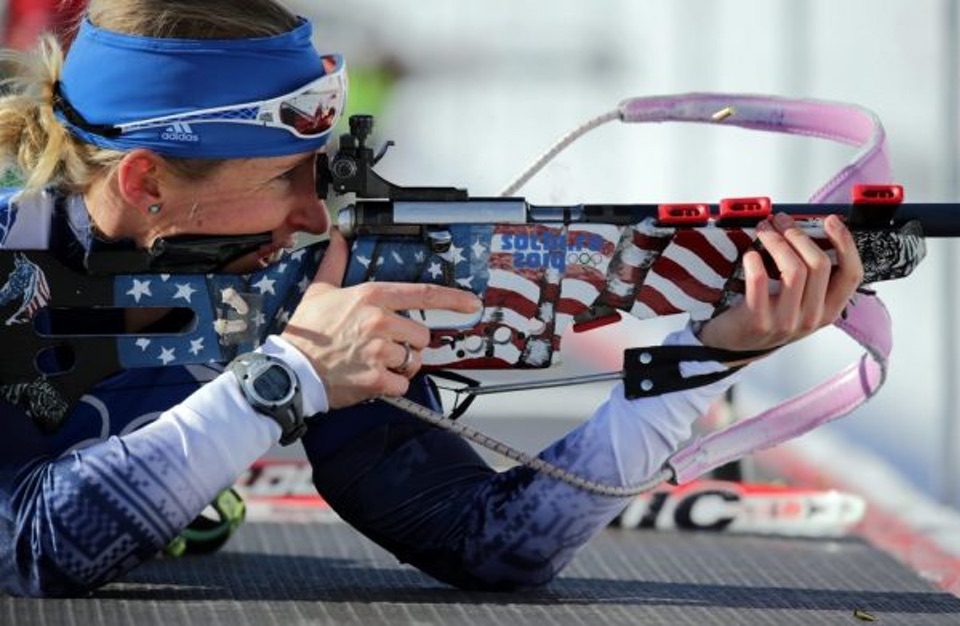
Lanny Barnes of the USA at the shooting range during a training session at the Laura Biathlon Center, Krasnaya Polyana, Russia, 03 February 2014. The Olympic Winter Games 2014 in Sochi run from 07 to 23 February 2014. EPA/Kay Nietfeld
EHM: Lanny, how did you and Tracy get started in biathlon?
LB: Getting started with biathlon was kind of an accident. We grew up doing a lot of outdoor activities, and we wanted to find a way to stay in shape for soccer by doing a winter sport. We tried downhill skiing, and we had also tried prone small-bore rifle. One of the shooters we met at a Colorado state prone match saw how active we were and figured out that we were in the wrong sport. Since small-bore shooting requires staying still for long periods, our fellow shooter suggested we try biathlon. We tried Nordic skiing and loved it! We traveled with my dad across the country, starting in high school.
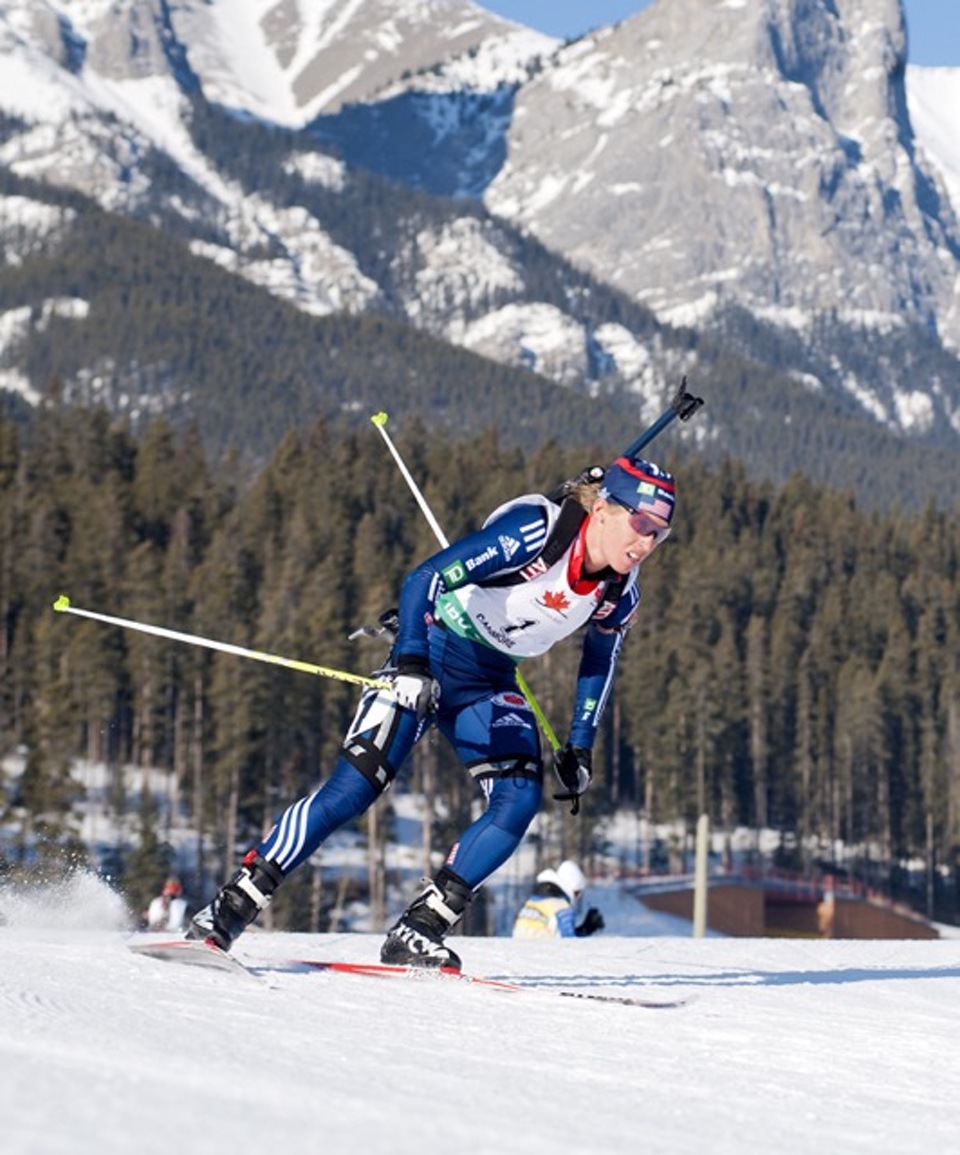
(Lanny Barnes photo)
EHM: One of the challenges that make biathlon so different from precision small-bore shooting is that your heart is pounding when you switch from skiing to shooting. Can you describe what you try to do when you get to the shooting portion of a biathlon race?
LB: When we transferred from small-bore rifle to biathlon, we had to throw everything we knew about shooting out the window. We were camped out at the range, taking our time and dropping our heart rates to hit the target. But in biathlon, the clock is always ticking. You want to shoot as accurately as possible, as quickly as possible.
A few decades ago, biathletes used to try to drop their heart rate at the range. Now it is so competitive that we can’t afford to take that time, so we come into the range with our heart rate at around 180 beats per minute. As long as you can handle the lack of oxygen, the shooting is fairly easy at that heart rate because there is less barrel movement. 180 beats per minute is more like a hum, rather than a beat. (Author’s Note: WOW!) It becomes a mental challenge at that point—mind over body, since your body is crying for oxygen. When it came down to it, how much pain and pressure can you endure? The more pressure for us, the better. We tend to shoot better when there is more pressure.

EHM: How has biathlon influenced or helped you in other aspects of life?
LB: My biathlon experience has influenced every aspect of my life. It gave us the opportunity to push ourselves physically and mentally. We got to travel internationally and learn things we never would have if we’d stayed home. It influenced the way I think and act. It helped put things in perspective. When little things happen that have the potential to spin into something dramatic, I can see that they’re not as challenging as what I faced in biathlon.
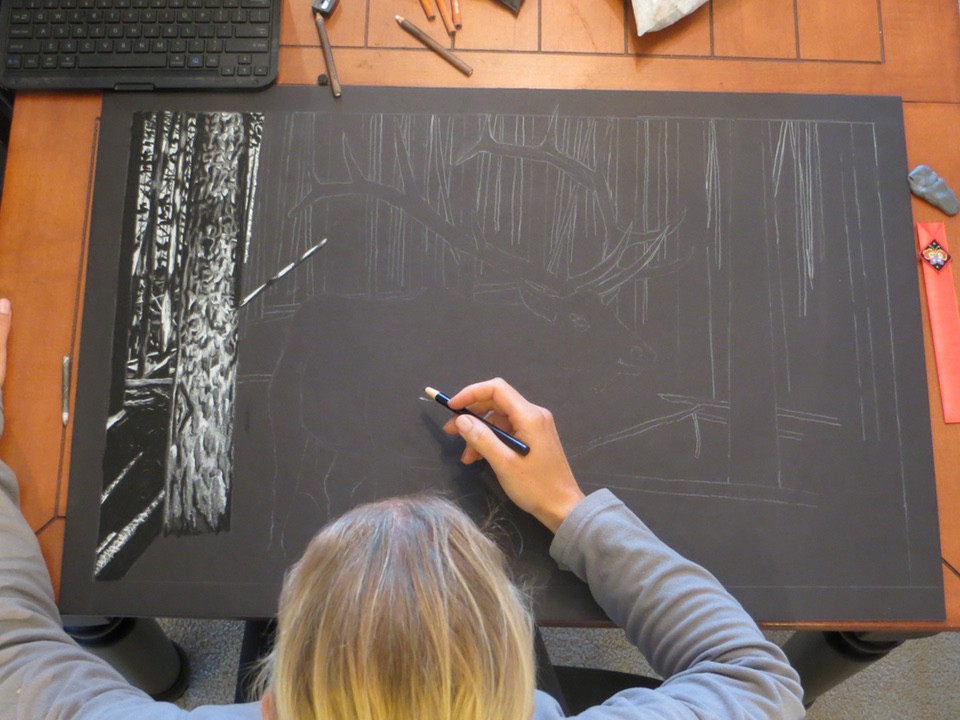
EHM: Could you share a bit about your role as an artist with the International Olympic Committee?
LB: This is something new for the Winter Olympics. There will be four artists total, all former athletes. [In addition to Lanny, the artists include Roald Bradstock, a javelin thrower from Great Britain, Swiss fencer Jean-Blaise Evéquoz, and Alexi Pappas, who represented Greece in the women’s 10k in Summer 2016.] We will each create one piece of artwork a day. We are collaborating with athletes on these pieces. There’s one big piece of art where they’ll try to get as many athletes as possible to collaborate.
This is brand new, and hopefully this will bring more arts to the Olympics. There’s been a lot of advanced planning. Though we each work in multiple media, we will all be painting at the Olympics. Each of us will do something for each sport. I will be there for 10 to 12 days, staying in the Olympic village with the athletes.

EHM: Can you tell us who some of the Team USA “biathletes to watch” in PyeongChang are?
LB: We have a really great team this year. There are three veterans returning to the team and we have our best chance ever for an Olympic medal. Lowell Bailey is a World Championships medalist. Tim Burke is a former teammate. And Susan Dunklee is a World Championships medalist. All three of them will lead Team USA. The women have a younger team, but Susan is fast on the skis, and as long as she hits targets she can do great.
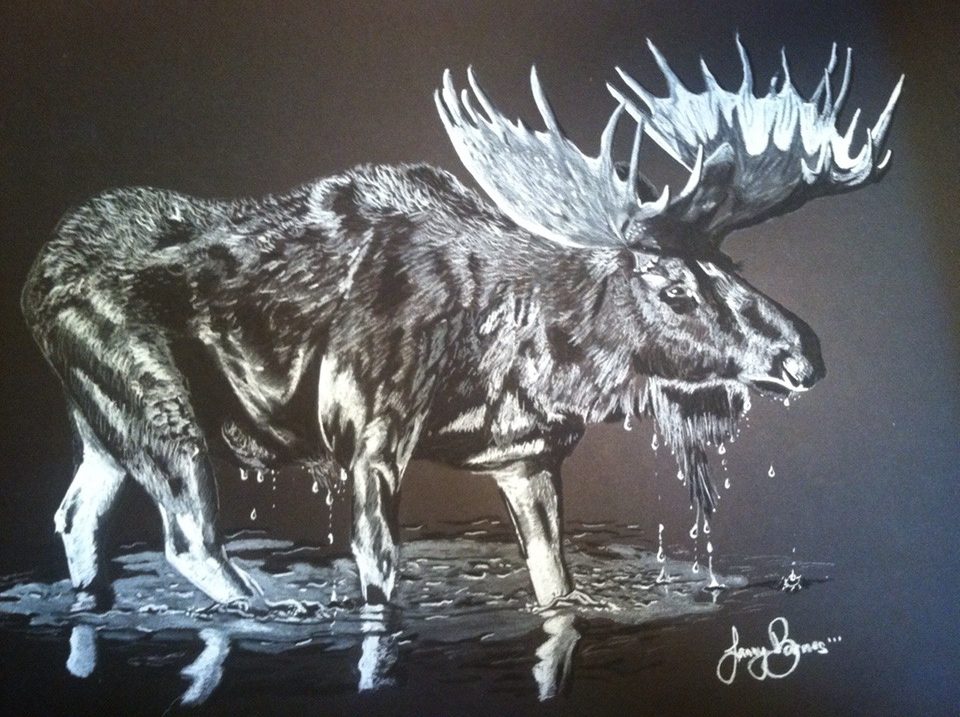
EHM: If people watching biathlon in the Olympic Games want to try it out, how do you recommend they do that?
LB: Being a winter sport and an obscure sport, a lot of the activity in biathlon takes place in northern states. There are some clubs popping up, but the best way to get involved is to look up usbiathlon.org and check out the events they have going on.
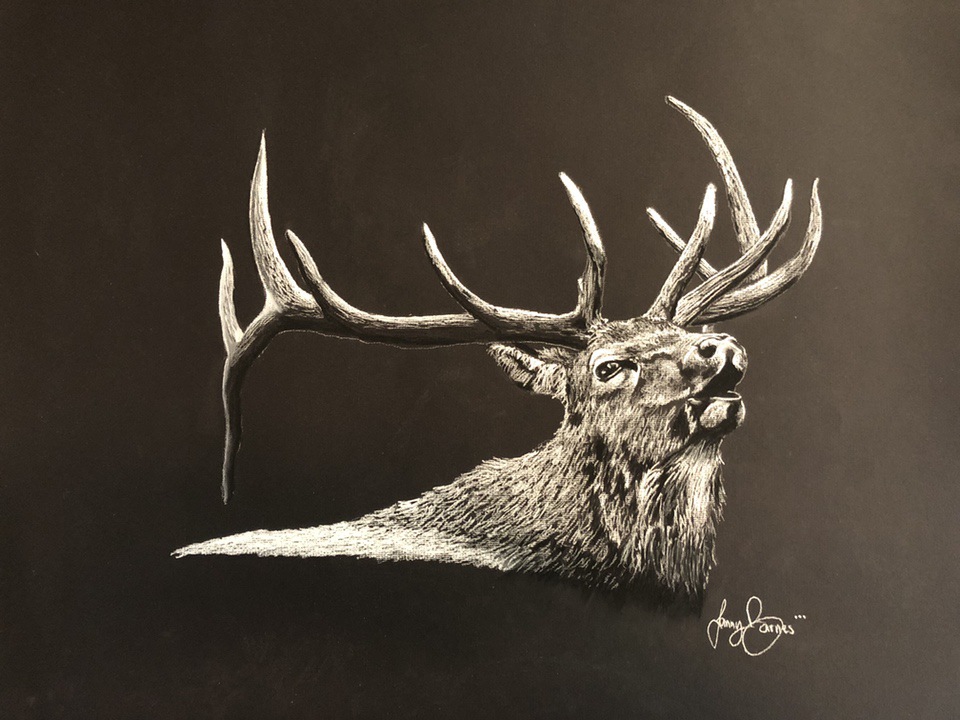
EHM: If people want to stay in touch with you or follow what you are doing, how can they do that?
LB: The best way to follow me is on Facebook or Instagram (@lannyoakley), or on my website. Later in 2018 I’ll be diving into the 3-Gun scene again; I have a ton of matches lined up this year. And I’m crossing my fingers that I’ll be on the shotgun world team.
The Opening Ceremony is February 9, and biathlon matches begin February 10.
It started as sibling rivalry and grew into a lifelong passion. Target shooting is at the core of Emily Houston Monroe's past, present, and future. A decorated junior and collegiate rifle shooter, Emily now works as an engineer at a leading firearms manufacturer where she can bring her passion for firearms to a new level. In her blog The “How-To” Gun Girl, she will share her experience in various shooting sports. From targets to turkeys. From smallbore rifle up to .338 Lapua Magnum. From 10 meters to 1600 yards. If it is a shooting sport, the "How-To" Gun Girl will try it out and explain it all. View all posts by Emily Houston Monroe